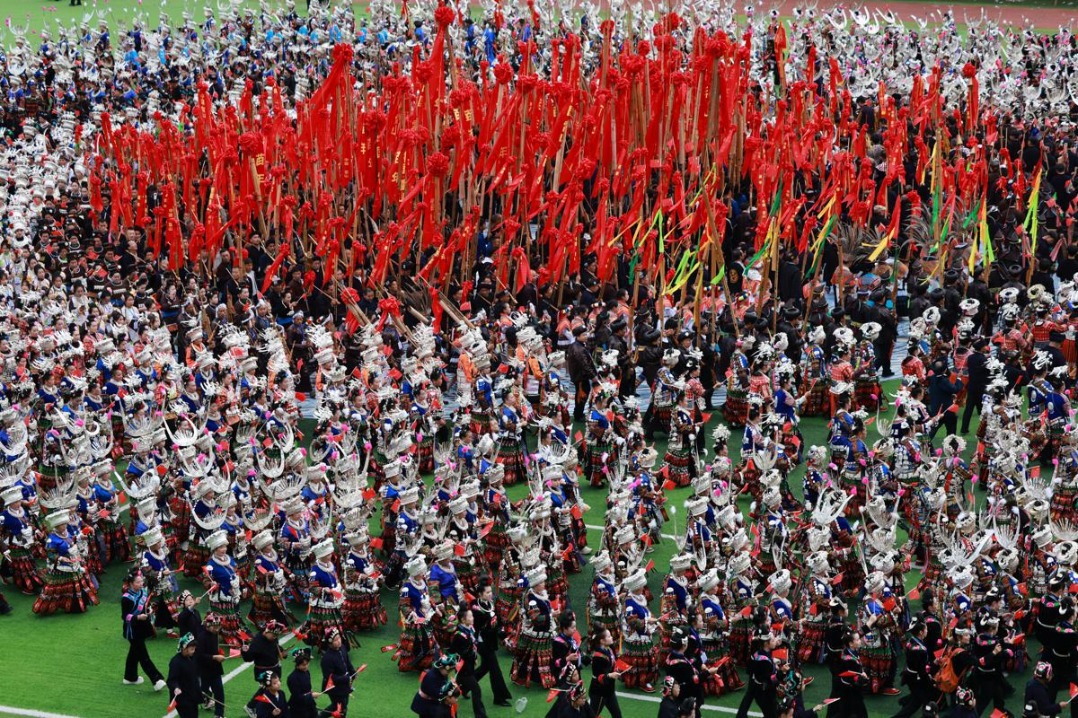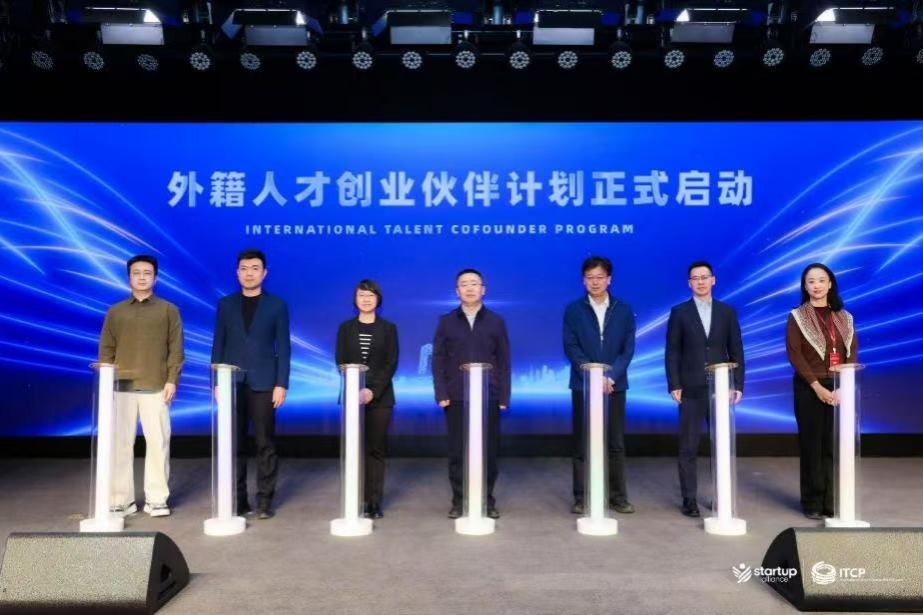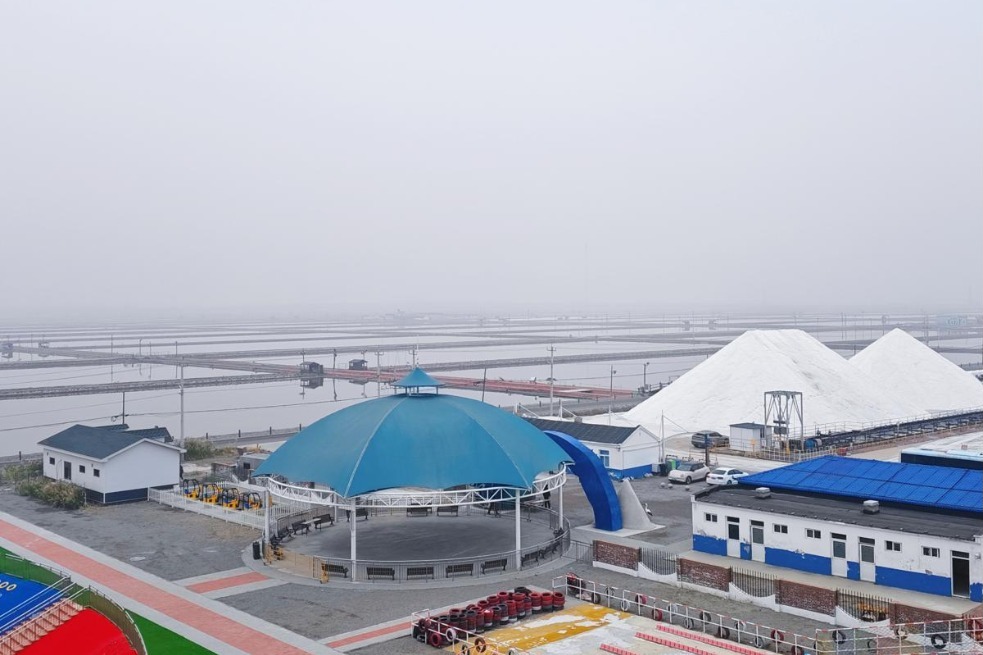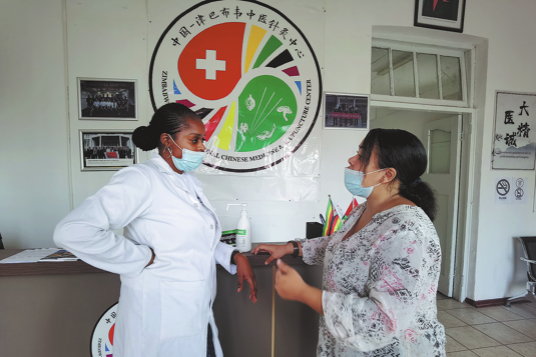Trading of used goods trending among youth

TIANJIN — From old clothes and books to furniture and bags, young people in China are embracing the trend of trading secondhand goods, allowing the once-discarded items to be circulated and shared.
A Beijing resident surnamed Zhang, who lives in Haidian district, decided to move as her rental contract neared its end. She recently put up large appliances, including a refrigerator and a washing machine, for sale on secondhand e-commerce platforms because she couldn't take them to her next destination.
Zhang sees the purchase of secondhand goods as a thrifty, environmentally friendly way to shop.
"These products are of good quality, relatively inexpensive, and better suit my needs," she said.
She represents a growing number of young people in China who view "green consumption" as a favorable choice.
According to a report on China's e-commerce green development, people born in the 1990s and 2000s have a better understanding of green consumption compared to other age groups.
Xianyu, one of China's largest secondhand goods trading platforms, saw its daily transaction volume exceed 1 billion yuan ($140.9 million), with over 100 million users listing their unused items on the platform last year.
According to the company, customers born after 1995 account for 43 percent of its users, while those born after the year 2000 comprise 22 percent. Members of the former group each earned an average of 2,700 yuan from sales of their goods on the platform last year.
In an e-commerce industrial park specializing in secondhand goods in North China's Tianjin, whenever events are held, the park is always packed with people coming to "treasure hunt".
"Since its opening, the park has attracted 213 companies, and last year, the park's revenue reached about 420 million yuan," said Chen Wenlong, the person in charge of the park.
According to a 2021 report on China's secondhand trading carbon reduction released by Tsinghua University's Institute of Energy, Environment and Economy, secondhand trading covers almost all consumer goods categories, with a trading volume that surpassed 1 trillion yuan in 2020 and is expected to exceed 3 trillion yuan by 2025.
"However, the biggest challenge for many secondhand goods trading companies is the issue of transaction compliance," Chen said.
Experts said that the emerging idle economy is still in its early stages and requires practical measures such as filling policy gaps, improving recycling systems and exploring new trade routes to expand.
Xinhua
- National Games vibe is everywhere in Guangzhou
- Forum unites global experts to enhance city image communication
- Miao New Year celebrations get underway in Guizhou's Leishan county
- Mainland spokesman reiterates stand on Taiwan
- Fujian county's rural development becomes a big draw for Taiwan investors
- Nobel laureate in chemistry: Give young scientists more independence




































